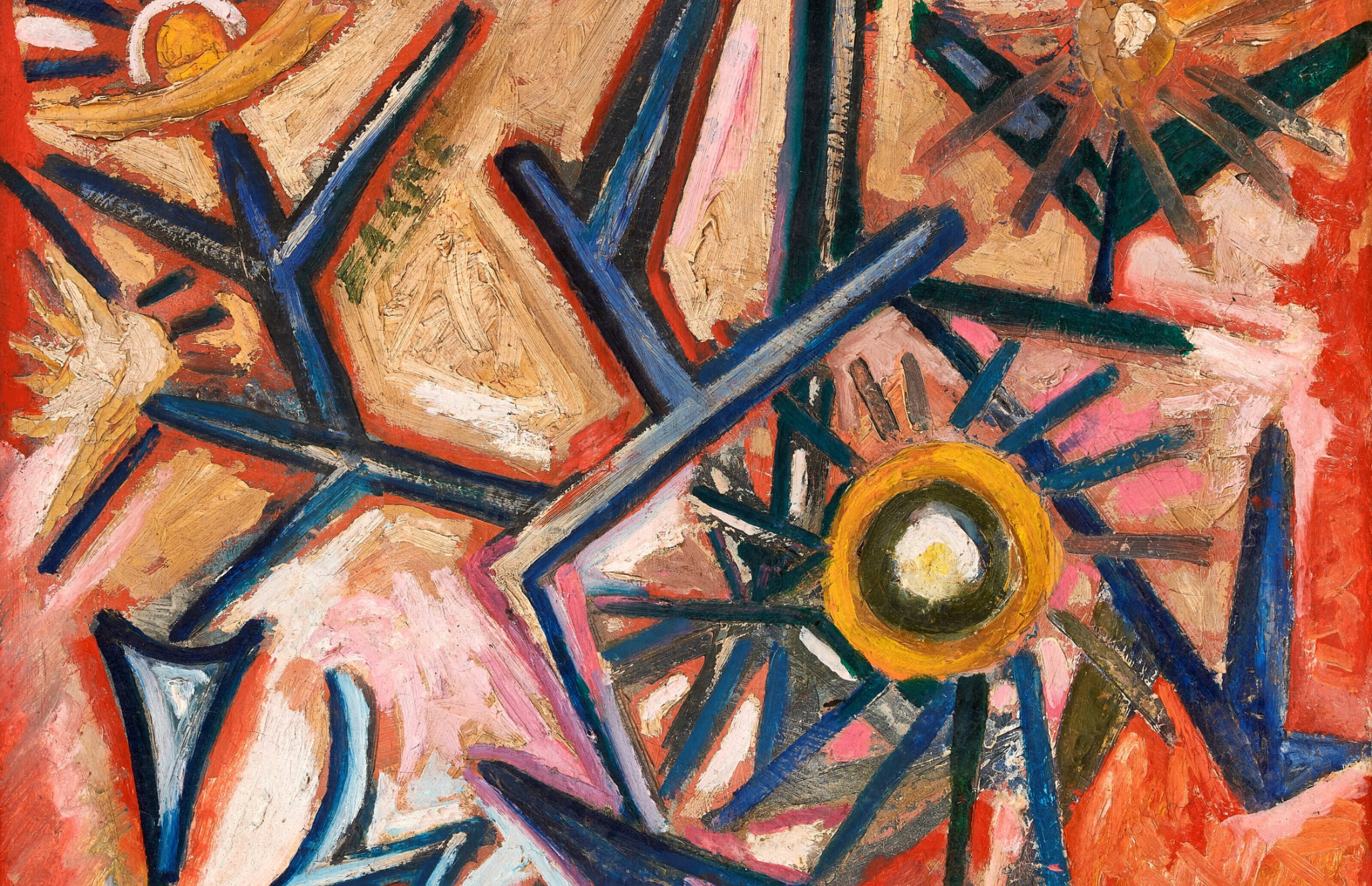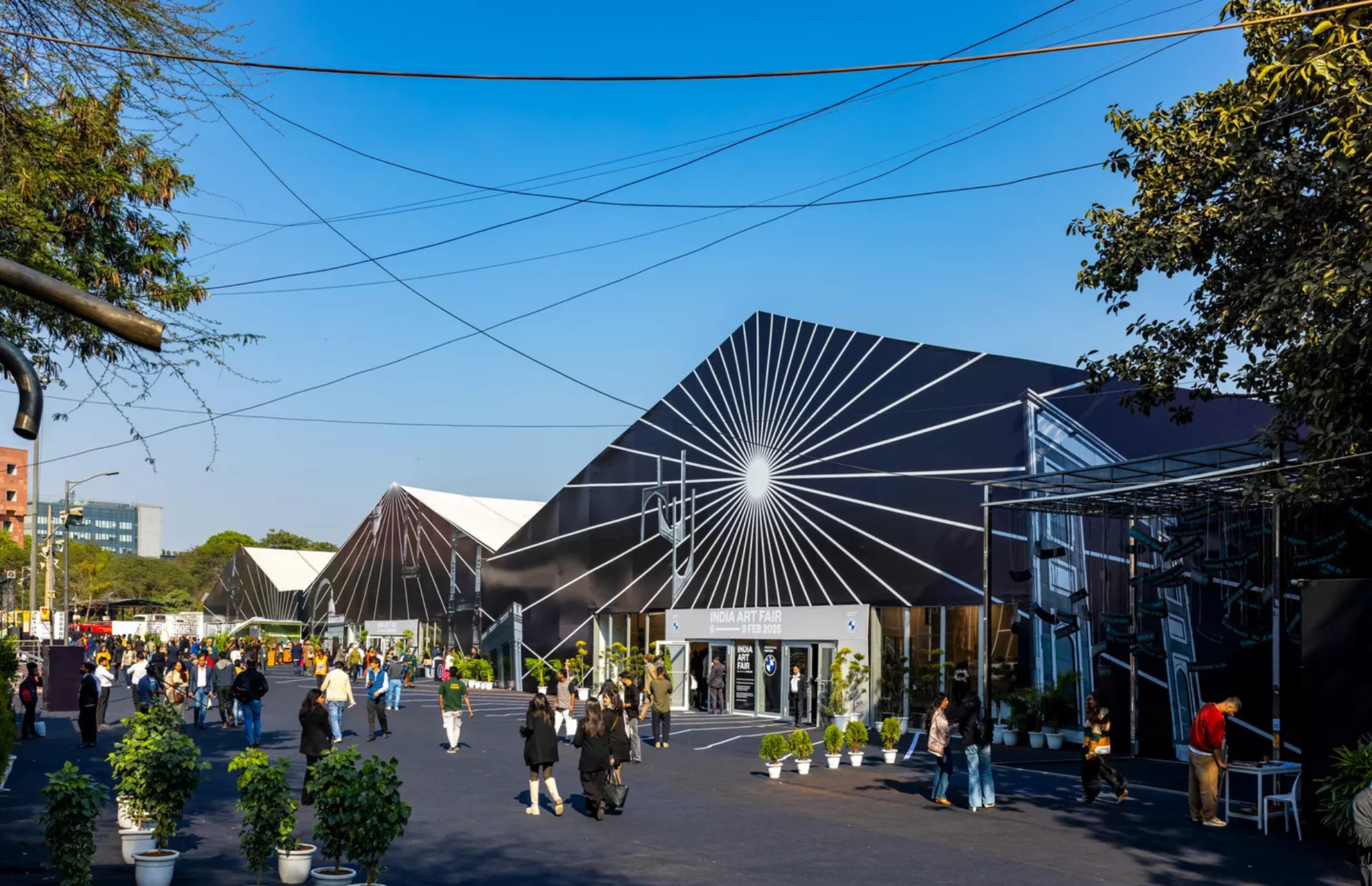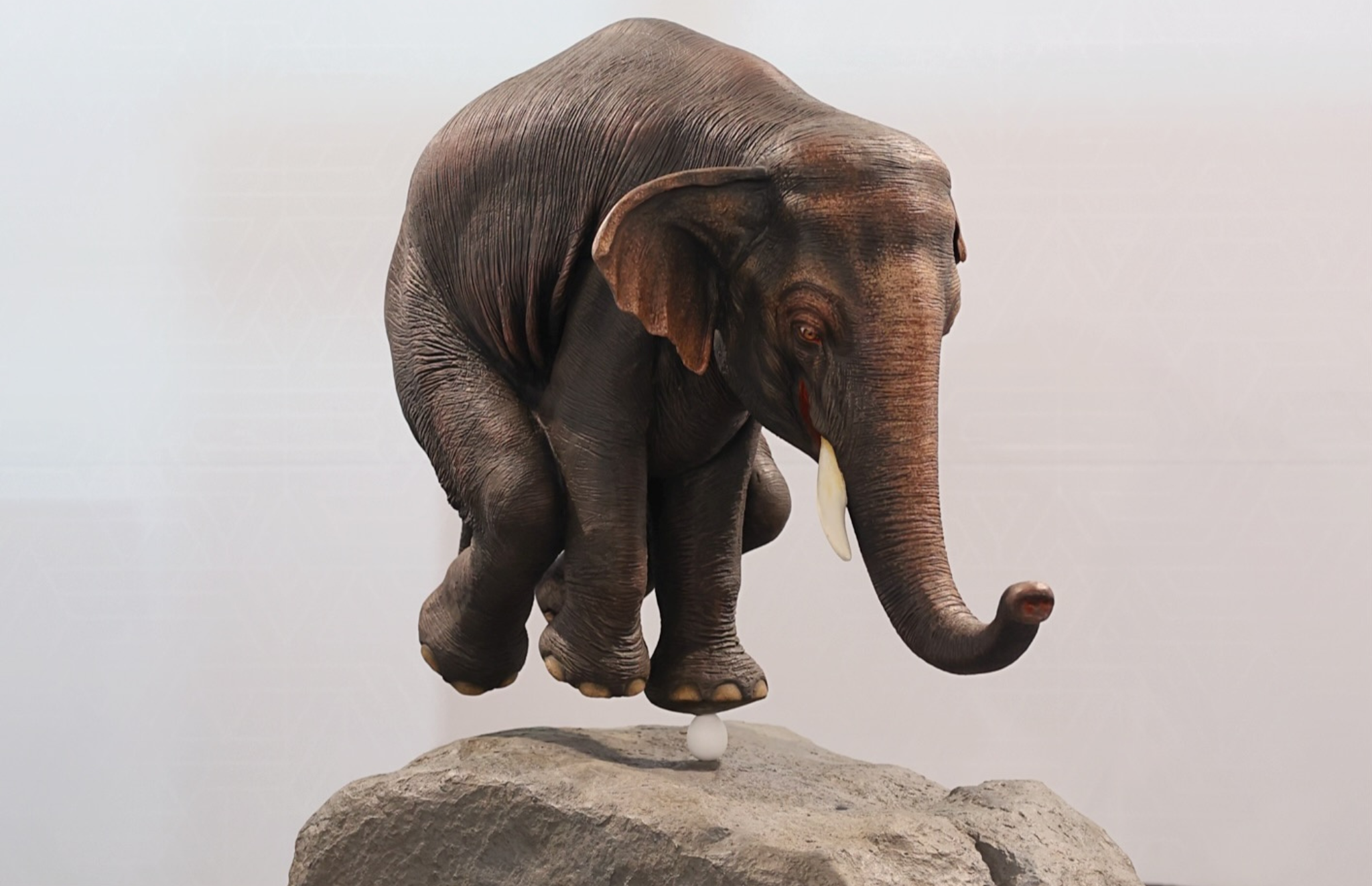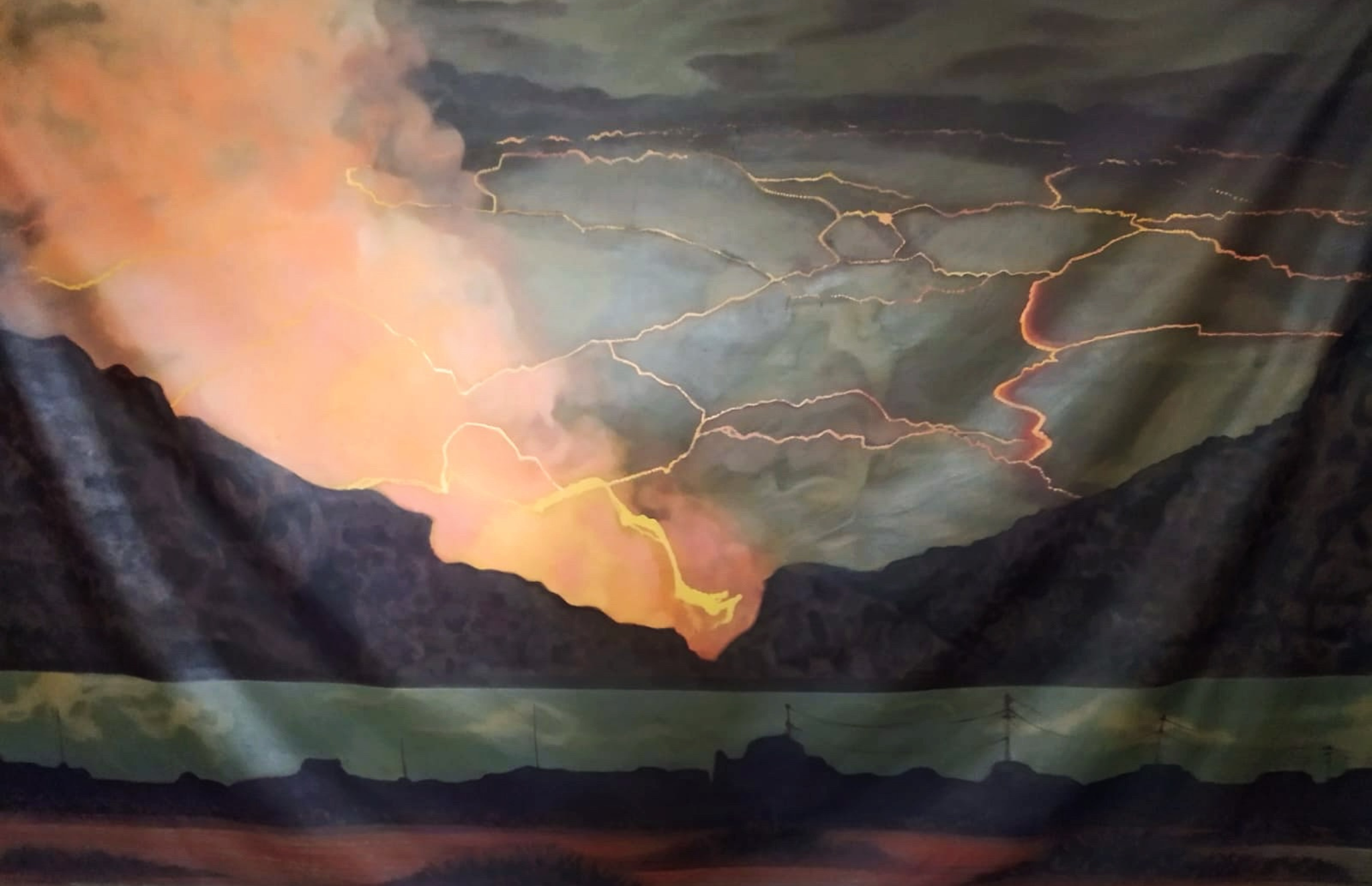STAYING AFLOAT IN THE HYBRID ART WORLD
Despite the opening up of galleries online is still a significant venue for showcasing art. As the art world rolls out of the doll drums with the third COVID lockdown being lifted and everyone getting back to work, the physical exhibitions are still visited with caution. Which is why a hybrid existence is important and this means online exhibitions like In Touch are still significant venues for display.
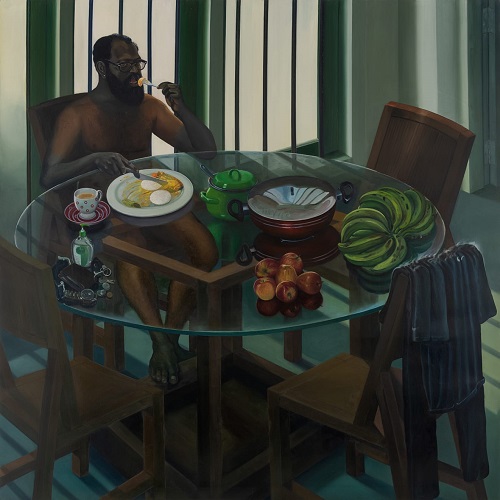
Going into its 7th avatar, In Touch presents a collection of online artwork that represents the artist’s state of being and their preoccupations during the third wave of COVID lockdown. The usual list of galleries includes, Chatterjee & Lal, Chemould Prescott, Experimenter, Galerie Mirchandani + Steinruecke, Gallery Ske, Jhaveri Contemporary, Nature Morte, PHOTOINK, Shrine Empire, TARQ, Tradition & Beyond and Vadehra Art Gallery. Here we feature works from four of the galleries in our first segment.
Galerie Mirchandani + Steinruecke
The Gallery shall be presenting viewpoints from Kerala, the work of two remarkable, distinctive painters — Sosa Joseph (b. 1971 in Parumala, Kerala) and Ratheesh T. (b. 1980 in Kilimanoor, Kerala) — whose works are a counterpoint to one another in every regard. The ten oil-on-canvas paintings shown here are structured around the genre of Still Life.
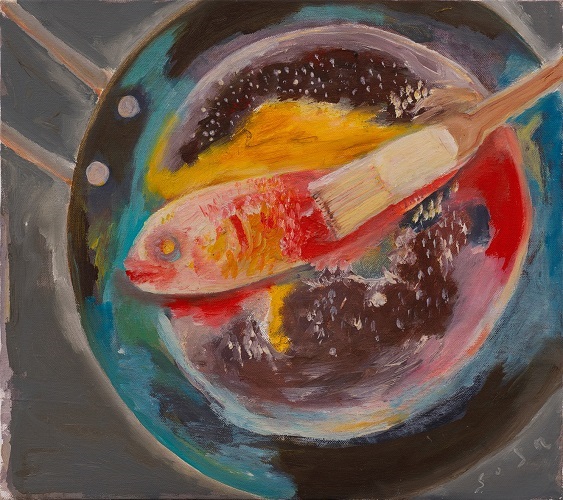

For an artist who works at the boundary of figuration and abstraction, Sosa Joseph’s paintings are remarkably studied. She had explored still-lives in earlier series such as “Object Lessons” (2009), and Meenchatti (2014) — a set of paintings of raw fish in clay pots. A gifted colourist, Sosa paints texture and shape spontaneously, imparting to her canvases an expressive translucence.

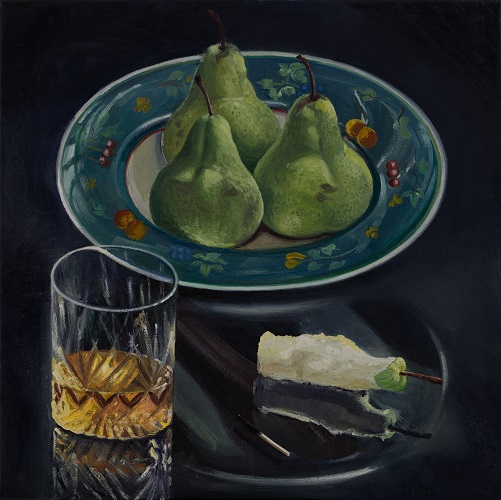
Ratheesh T. ‘s paintings are animated by particularity and luminosity. In one of the exhibited works, the artist is seated at a dining table eating Idli-Sambar — local fare — with a knife and fork. The table top is covered with arrangements of fruit. This recalls an earlier work by the artist of which he had said: “Amma was sitting near the dining table on which some papaya fruits were kept. When we were poor, we used to eat a lot of papaya.” Seen through this lens, Ratheesh’s still-lives embody narratives.
Chemould Prescott Road
Anant Joshi is displaying a series of paintings that look into what he calls, ‘the circus of the past.’ It involves forms that manifest in his work as they ‘act out’ stories of political, upheaval and social turmoil in the country. Joshi plunges us into this troubled world with the satire of a ‘semi-cartoonist, semi-toymaker, and artist’.
The works are multi-coloured interiors and boxed in by the edges of the paper (like TV screens). Joshi’s figures reference found photographs, newspaper clippings, and Satish Acharya’s cartoons. His protagonists appear faceless, ghost-like creatures that dissolve into their psychedelic surroundings. The artist shares that if one were to coat a paper with a slippery, thick egg wash, and pour daubs of paint upon it, the colours will collide and bleed into one another. Yet, a multitude of figures emerge from the washes of paint, where all details reveal themselves.


Anant Joshi, Untitled, Bronze Base copper wire ,Chemould Prescott Road, 2019
Accompanying Joshi’s paintings are bronze sculptures created by sand casting. These ‘satirical trophies’ feature a key behind, recalling his early works of making winding toys and plastic objects. Just as a child would find joy in handling toys, turning them around, or as movable chess pieces, he prefers these objects in the realm of being accessible.
Chatterjee & Lal
This gallery is well-known for its international selection of artists and they showcase Arshi Irshad Ahmadzai: Naguftaha-E-Havva (The Unspoken Words Of Havva). The works are on fabric and were created as a series executed between 2020 and 2021, when the artist was living between India and Kabul, Afghanistan. Working primarily in what has been referred to as an abstract mode, the paintings carry enigmatic titles that use historical and mythological allusions as metaphors in the service of contemporary themes.
Much of the work is text heavy, the beautiful cursive Urdu text working as a visual for most who cannot read it. The other works utilize elements of architecture and pattern. The flat surface with a lack of perspective does recall the early Persian miniatures, and the beautiful gold and azure lapis recalls the royal colours of court painting. However, Ahmadzai uses ink on cotton cloth to narrate stories of women from the marginalized communities, and draws on her personal experiences while creating her works. Born in Najibabad (India), Ahmadzai is focused on women-centric tales and her intention is to make it personal yet poetic.

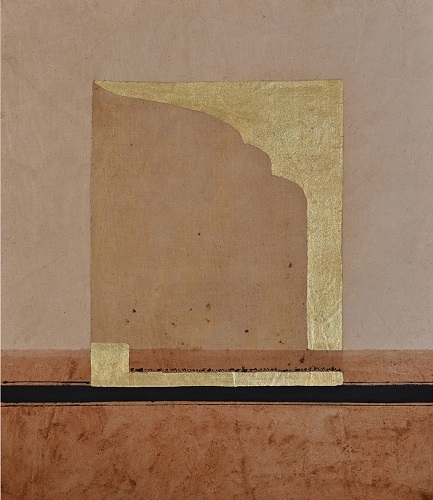
The states of love, political terror and the stories of women who live in communities and stich quilts (Lihaaf) while telling their tales forms an important part of her narrative. The artist confesses to love cloth and she creates colours from natural paste from flowers that are found in her own garden and ink along with the rafoogiri that her hometown is inclined towards. Refer and read these stories of women from her work that gently indicated this through the coming together of text and visuals.
Experimenter
The state of employment is an interesting topic to look at during a post-Pandemic scenario when so many have lost their jobs and are looking for work in this state of forced migration. Prabhakar Pachpute presents Museum Menageries, a solo hosted at Experimenter, that looks at economic and environmental complications in the given scenario. The works are on paper that picture human workers and machine hybrids. Through his work Pachpute speaks to the ongoing complexity of historical transformations on an economic, societal and environmental stage. He examines the surreal conflations of engineering, humans and animals performing repetitive and debased labour. The works are populated by characters that have inhabited, inspired and invigorated Pachpute through myriad experiences that have come to him through stories and local proverbs of farmers and miners from all over the world. These have become central to his visual and mental landscape.
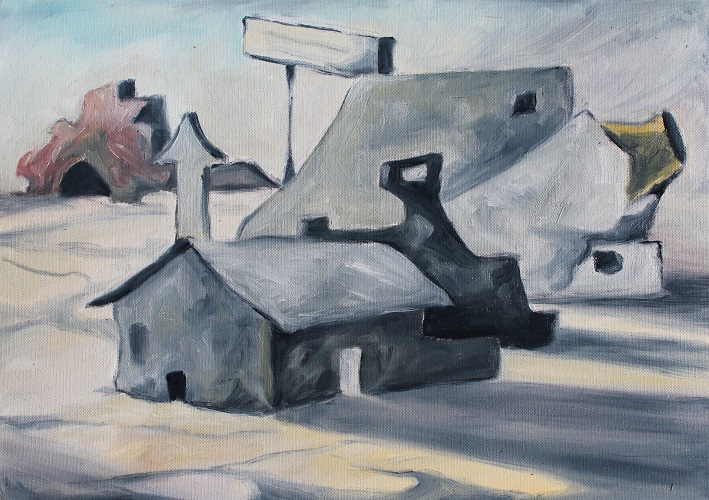
Pachpute who was born in 1986 at Sasti, Chandrapur, now lives and works in Pune, India where he engages with an array of mediums and materials including drawing, light, stop-motion animations, sound and sculptural forms. His use of charcoal has a direct connection to his subject matter and familial roots, coal mines and coal miners. Pachpute often creates immersive and dramatic environments in his site-specific works, using portraiture and landscape with surrealist tropes to critically tackle issues of mining labour and the effects of mining on the natural and human landscape.
Using Maharashtra as a starting point, the artist combines research from around the world and personal experiences, moving from the personal to the global, investigating the complexity of historical transformations on an economic, societal and environmental level.
Text by Georgina Maddox
Image Courtesy: Chemould Prescott Road, Chatterjee & lal, Experimenter and Galerie Mirchandani + Steinruecke
Find more about the Artworks, Artists and Galleries:


